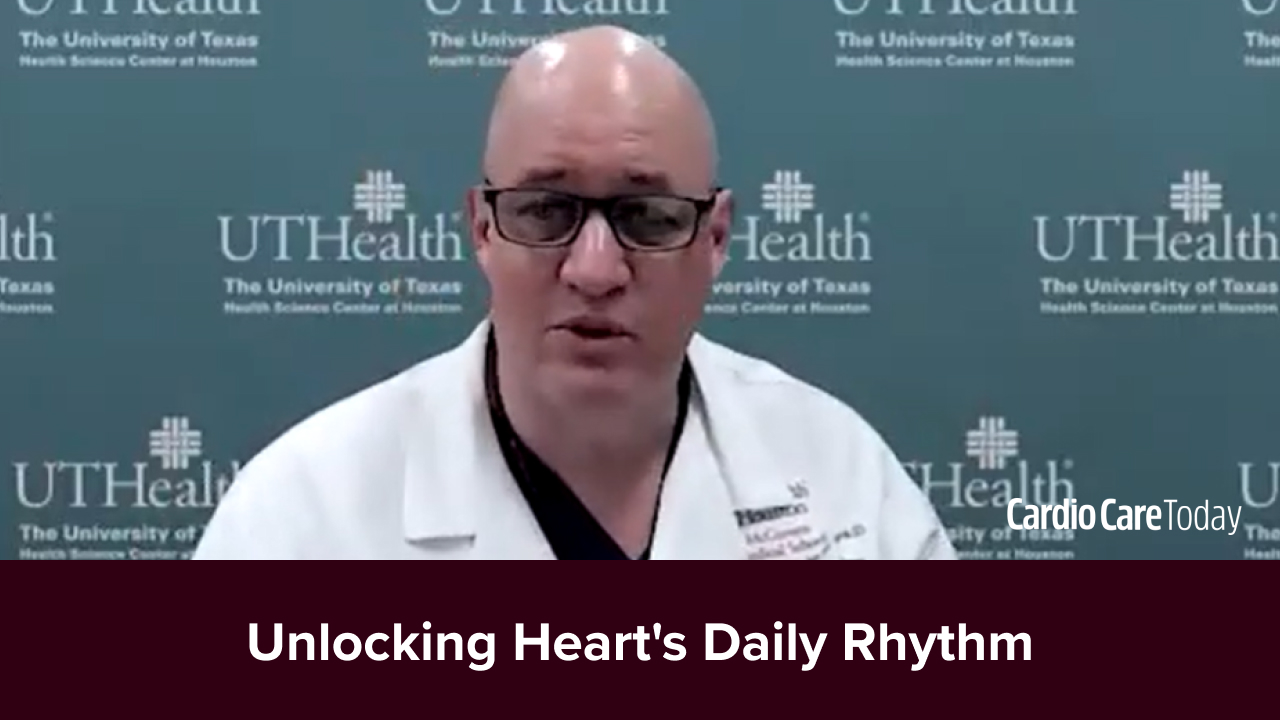
Researchers performed a meta-analysis to assess the safety and efficacy of direct oral anticoagulants (DOAC) for patients with atrial fibrillation (AF) undergoing bioprosthetic heart valve replacement or repair. In the article published in Therapeutic Advances in Cardiovascular Disease, the investigators reported that their findings suggest “that DOAC may provide an effective and safe alternative to vitamin K antagonist (VKA) in patients with AF after surgically implanted bioprosthetic heart valves or repair with AF.”
Lead author Stephen Gerfer and colleagues, from the Department of Cardiothoracic Surgery at the Heart Center of the University Hospital of Cologne in Cologne, Germany, added that, “within a relatively heterogeneous study population, this meta-analysis shows a risk reduction of major bleedings and thromboembolic stroke or systemic embolisms for DOAC.”
The meta-analysis included six clinical trials comprising a total of 1,857 patients with AF who received surgically implanted bioprosthetic heart valves or valve repairs. The investigators used the Mantel-Haenszel method to assess data on the safety and efficacy of DOAC and VKA, as well as a trial sequential analysis (TSA) to validate findings.
According to Gerfer, rates of “death caused by cardiovascular cause or thromboembolic events were comparable” between treatment modalities (risk ratio [RR] = 0.67; 95% confidence interval [CI], 0.42–1.08; p = 0.10), as well as the rates of major and minor bleeding events and all-cause mortality. The researchers also observed “significantly reduced” risk for major bleeding (RR = 0.55; 95% CI, 0.35–0.88; p = 0.01) and thromboembolic stroke or systemic embolism (RR = 0.54; 95% CI, 0.32–0.90; p = 0.02) with DOAC therapy. Notably, the rate of intracranial bleeding and hemorrhagic stroke trended lower with DOAC (RR = 0.27; 95% CI, 0.07–0.99; p = 0.05).
In their closing discussion, the authors highlighted that “DOAC were statistically comparable with regard to outcome rates for death caused by cardiovascular or thromboembolic events, but showed a risk reduction of 33% and 40% if valve repair patients were excluded.”







 © 2025 Mashup Media, LLC, a Formedics Property. All Rights Reserved.
© 2025 Mashup Media, LLC, a Formedics Property. All Rights Reserved.